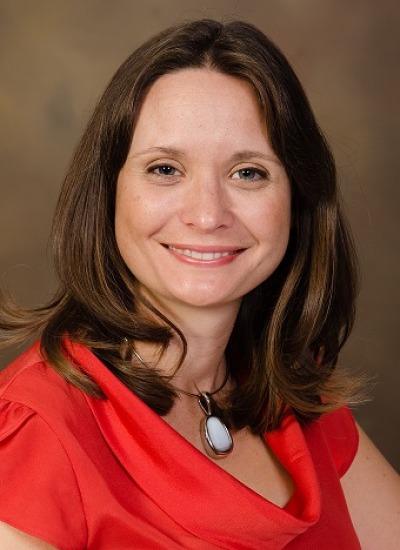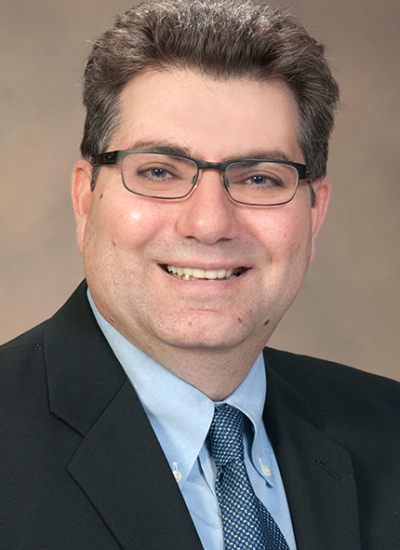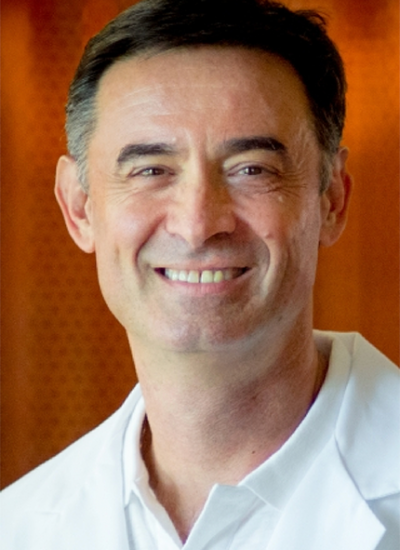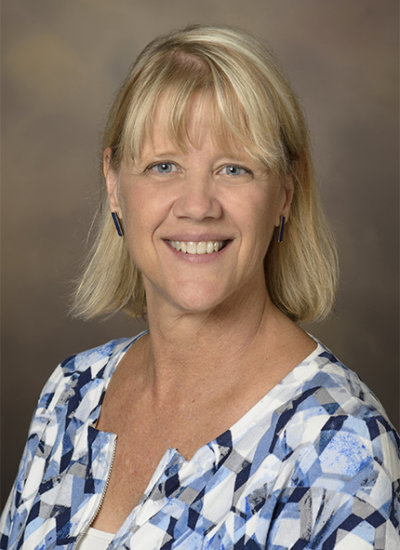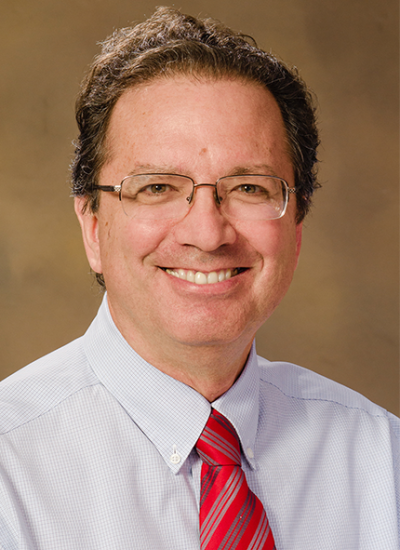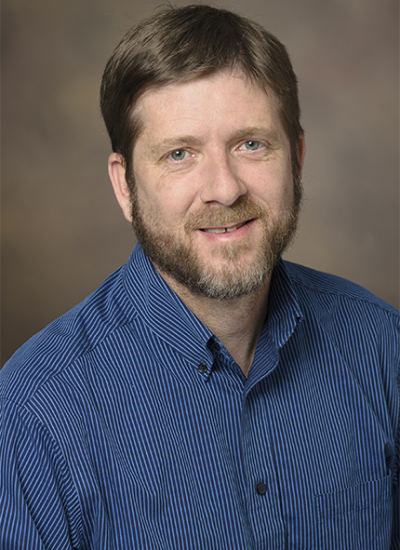Health
Associate Veterinary Specialist, Animal and Comparative Biomedical Sciences
Assistant Professor, Public Health
Member of the Graduate Faculty
Assistant Professor, BIO5 Institute
Primary Department
Department Affiliations
Contact
(520) 626-3076
Klearchos K Papas
Professor, Surgery
Professor, Medical Imaging - (Research Scholar Track)
Professor, Physiological Sciences - GIDP
Professor, Animal and Comparative Biomedical Sciences
Professor, BIO5 Institute
Primary Department
Department Affiliations
Contact
(520) 626-4494
Research Interest
David E Nix
Professor, Pharmacy Practice-Science
Professor, Pharmacy Practice-Science (Banner)
Associate Professor, Medicine
Primary Department
Department Affiliations
Contact
(520) 626-4814
Research Interest
Janko Nikolich-Zugich
Department Head, Immunobiology
Co-Director, Arizona Center on Aging
Professor, Immunobiology
Professor, Medicine
Professor, Nutritional Sciences
Professor, Genetics - GIDP
Professor, Neuroscience - GIDP
Professor, BIO5 Institute
Primary Department
Department Affiliations
Contact
(520) 626-6065
Research Interest
Cynthia Miranti
Professor, Cellular and Molecular Medicine
Chair, Cancer Biology - GIDP
Co-Program Leader, Cancer Biology Research Program
Member of the Graduate Faculty
Professor, BIO5 Institute
Primary Department
Department Affiliations
Contact
(520) 626-2269
Research Interest
Katrina M Miranda
Associate Professor, Chemistry and Biochemistry-Sci
Associate Professor, BIO5 Institute
Primary Department
Department Affiliations
Contact
(520) 626-3655
Work Summary
We seek to produce new drugs that harness molecules produced during the natural immune response in order to treat cancer and pain. Such compounds may also provide new treatments for heart failure and alcoholism.
Research Interest
Nirav C Merchant
Director, Cyber Innovation
Director, Data Science Institute
Interim Director, Biomedical Informatics and Biostatistics Center
Primary Department
Department Affiliations
Contact
(520) 621-8379
Research Interest
Fernando Martinez
Professor, Pediatrics
Director, Asthma / Airway Disease Research Center
Endowed Chair, Swift - McNear
Regents Professor
Professor, Genetics - GIDP
Professor, BIO5 Institute
Primary Department
Department Affiliations
Contact
(520) 626-5954
Research Interest
Lonnie P Lybarger
Associate Professor, Cellular and Molecular Medicine
Associate Professor, Immunobiology
Associate Professor, BIO5 Institute
Primary Department
Department Affiliations
Contact
(520) 626-1044
Research Interest
Kirsten H Limesand
Professor, Nutritional Sciences
Professor, Cancer Biology - GIDP
Professor, Physiological Sciences - GIDP
Assistant Dean, Graduate Education
Professor, BIO5 Institute
Primary Department
Department Affiliations
Contact
(520) 626-4517
Work Summary
Kirsten Limesand's research program has its foundation in radiation-induced salivary gland dysfunction; mechanisms of damage, clinical prevention measures, and restoration therapies. They utilize a number of techniques including: genetically engineered mouse models, real-time RT/PCR, immunoblotting, immunohistochemistry, primary cultures, siRNA transfections, and procedures to quantitate salivary gland physiology and integrate this information in order to understand the complete system.
Research Interest
Pagination
- Previous page
- Page 4
- Next page


